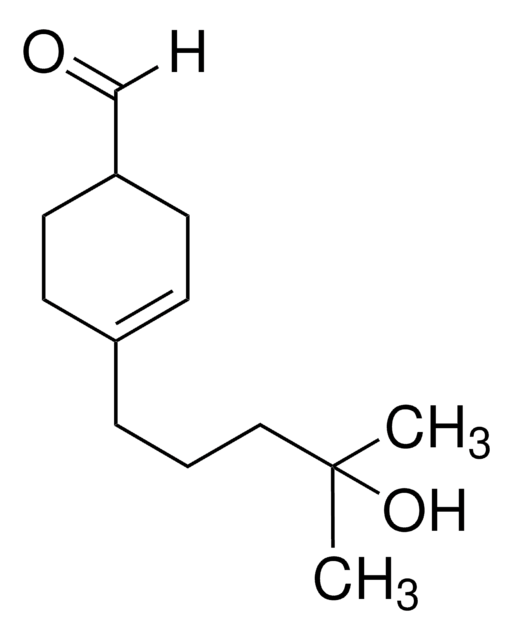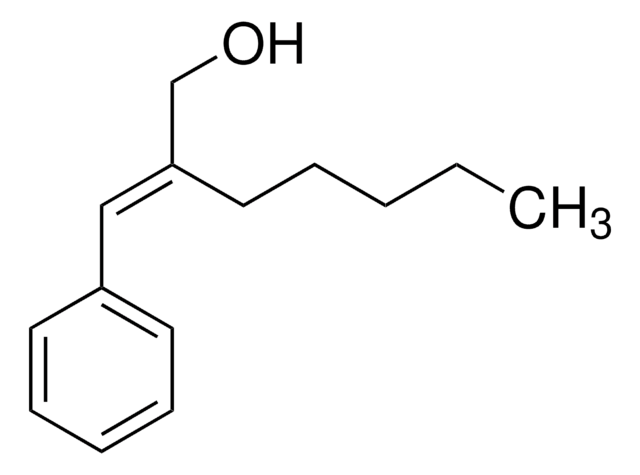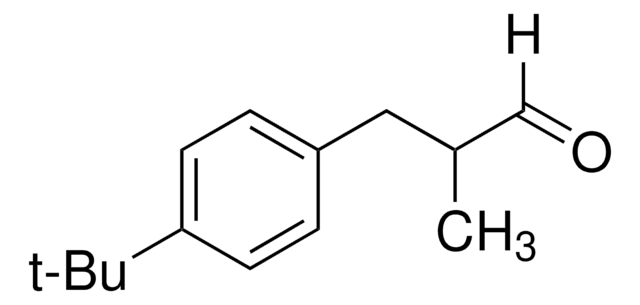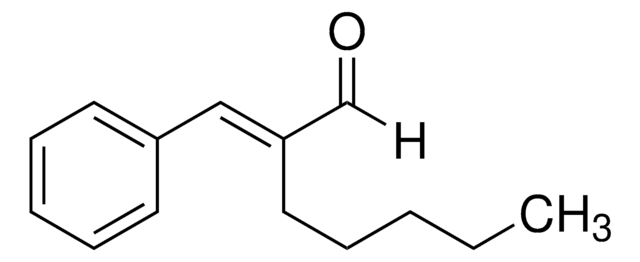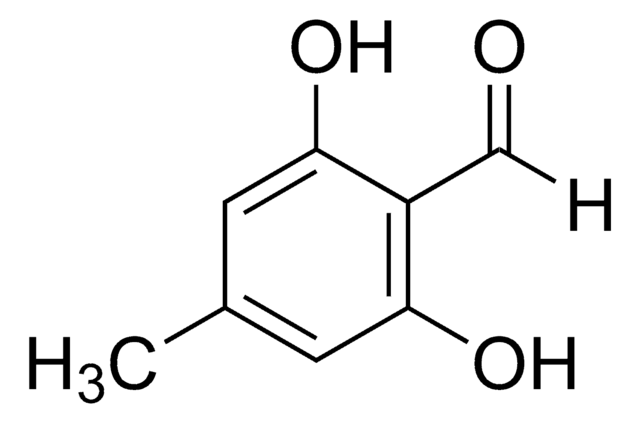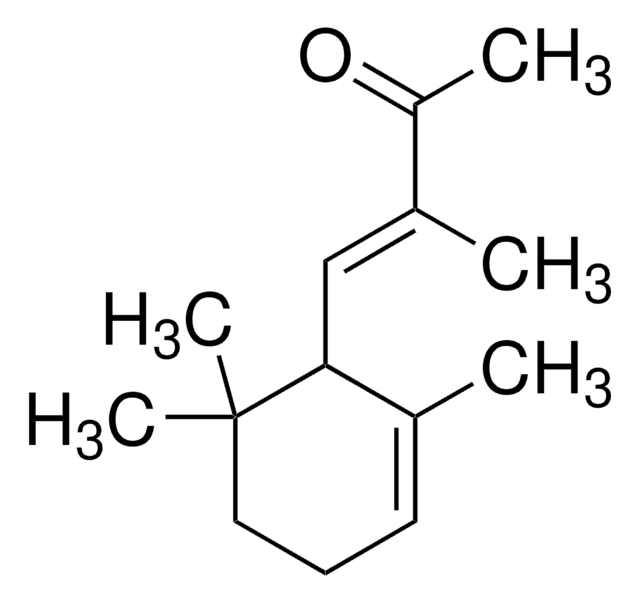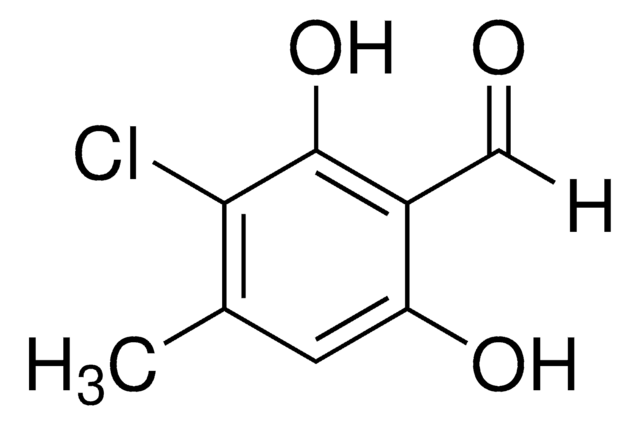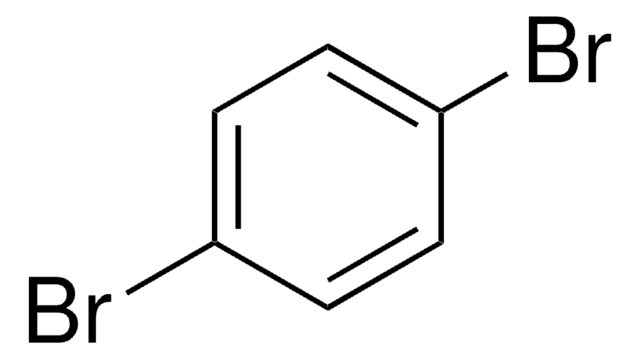95594
4-(4-Hydroxy-4-methylpentyl)-3-cyclohexene-1-carboxaldehyde
mixture of isomers, ≥97.0% (GC)
Sinónimos:
4-(4-Hydroxy-4-methylpentyl)-3-cyclohexene-1-carboxaldehyde, 4-(4-Hydroxy-4-methylpentyl)-3-cyclohexenecarboxaldehyde, 4-(4-Methyl-4-hydroxyamyl)cyclohex-3-ene carboxaldehyde, Landolal, Liral
About This Item
Productos recomendados
Nivel de calidad
Ensayo
≥97.0% (GC)
Formulario
liquid
densidad
0.995 g/mL at 20 °C
grupo funcional
aldehyde
hydroxyl
temp. de almacenamiento
2-8°C
cadena SMILES
[H]C(=O)C1CCC(CCCC(C)(C)O)=CC1
InChI
1S/C13H22O2/c1-13(2,15)9-3-4-11-5-7-12(10-14)8-6-11/h5,10,12,15H,3-4,6-9H2,1-2H3
Clave InChI
ORMHZBNNECIKOH-UHFFFAOYSA-N
¿Está buscando productos similares? Visita Guía de comparación de productos
Código de clase de almacenamiento
10 - Combustible liquids
Clase de riesgo para el agua (WGK)
WGK 2
Punto de inflamabilidad (°F)
275.2 °F
Punto de inflamabilidad (°C)
135.1 °C
Equipo de protección personal
Eyeshields, Gloves
Elija entre una de las versiones más recientes:
¿Ya tiene este producto?
Encuentre la documentación para los productos que ha comprado recientemente en la Biblioteca de documentos.
Los clientes también vieron
Nuestro equipo de científicos tiene experiencia en todas las áreas de investigación: Ciencias de la vida, Ciencia de los materiales, Síntesis química, Cromatografía, Analítica y muchas otras.
Póngase en contacto con el Servicio técnico